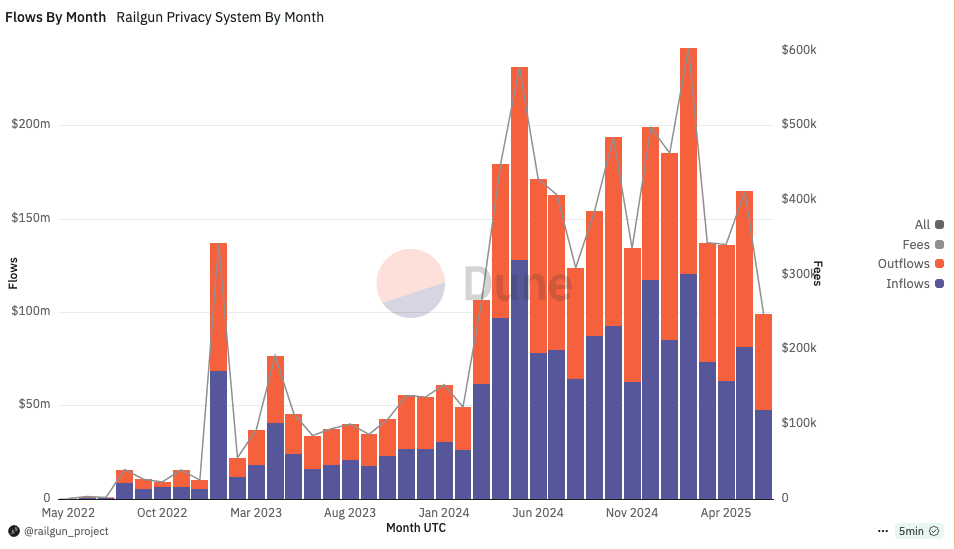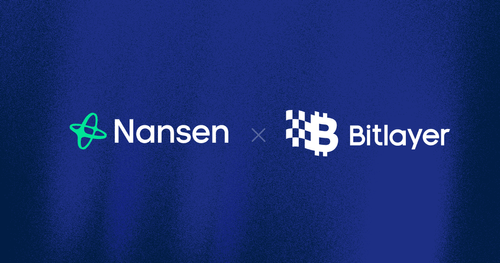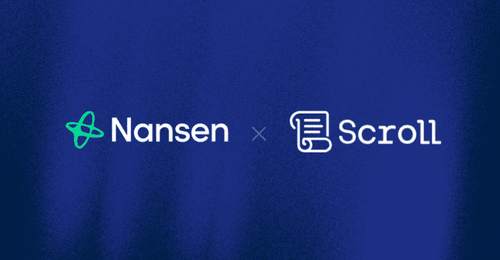As blockchains evolve from experimental networks to foundational infrastructure for financial and computational systems, privacy becomes increasingly central. Surveillance tooling, regulatory oversight, and data commodification have raised the stakes around transaction visibility and user identity. Privacy is no longer an optional enhancement for niche users; it is emerging as a structural concern within decentralized network architecture.
Protocols reflect this shift in distinct ways. Aztec, Railgun, and Monero each pursue privacy through distinct technical and philosophical approaches. Aztec fuilds encrypted programmability into Ethereum’s Layer 2, Railgun integrates privacy into existing DeFi ecosystems, and Monero Monero provides a base-layer designed for default privacy. These systems differ in their assumptions, capabilities, and trade-offs, yet together they offer a useful lens through which to understand the evolving role of privacy in crypto.
Aztec, Encrypted Logic on Ethereum
Aztec is developing a Layer 2 protocol that enables encrypted smart contract execution on Ethereum. Unlike rollups that treat privacy as an add-on, Aztec integrates privacy into its design. It employs zero-knowledge proofs and a dual-state model, which allows it to support both public and private transactions. Public transactions operate similarly to Ethereum’s standard account-based model, while private transactions use encrypted UTXO-style notes, allowing for selective disclosure of data and logic.
Transaction proving occurs off-chain. Users execute logic locally within a Private Execution Environment (PXE), generate zk-SNARK proofs, and submit these compressed proofs to the rollup. These proofs batch and finalize on Ethereum using recursive SNARKs. This method ensures Ethereum-level security while significantly reducing information leakage and gas usage.
Central to Aztec’s architecture is Noir, programming language for encrypted logic. Noir abstracts away much of the cryptographic complexity, enabling developers to build applications that mix public and private elements. This allows for a variety of use cases, such as voting systems where individual votes are hidden but outcomes remain auditable, or marketplaces in which bid logic remains private while settlement remains verifiable.
Aztec previously launched Aztec Connect, a system that allowed users to interact privately with Layer 1 DeFi protocols like Aave and Curve. While Connect was useful, it was limited in scope, lacked general programmability, and relied on a trusted sequencer. The current iteration, Aztec 3, represents a broader architectural shift. It introduces decentralized proving, native programmability, and a permissionless sequencer model. As of mid-2025, it remains in testnet but is gaining traction and developer activity. Although no token is live, decentralization goals suggest a future staking or governance layer
Challenges remain, notably heavy computational demands for encrypted proving, affecting mobile or low-resource users. Developers working in Noir must adopt a different mental model than traditional smart contract platforms. Additionally, private value transfer is not a native primitive in Aztec, which may constrain certain privacy use cases even though custom solutions could be built at the application level. Despite these limitations, Aztec frames privacy as a programmable design choice rather than an optional feature, positioning itself to serve a wide array of privacy-conscious applications.
Railgun, Privacy Layer Within Existing Chains
Railgun takes a different approach, aiming to retrofit privacy directly onto existing Layer 1 ecosystems rather than launching a new chain or Layer 2. It enables users to interact with DeFi protocols such as Uniswap, Aave, and others through shielded addresses, embedding transaction privacy without sacrificing composability or requiring application rewrites.
Railgun achieves this by combining encrypted UTXOs, zk-SNARKs, and stealth addresses. Assets are deposited into a shielded pool, and transactions are executed privately within that pool. Relayers enhance usability, handling gas payments and broadcasting transactions on behalf of users
Integration with existing smart contracts uses Adapt Modules. These modules allow private interactions with public contracts without modifying the underlying contract logic. The result is that developers do not need to create new apps to take advantage of privacy. The protocol is already live on Ethereum, Polygon, Binance Smart Chain, and Arbitrum, and is being used across a range of DeFi applications.

Source: dune (x)
In terms of adoption, Railgun has seen substantial shielded transaction volume and continues to expand across chains and use cases. However, its effectiveness depends on usage density. The size of the anonymity set, which is crucial for maintaining privacy guarantees, varies depending on user participation and token liquidity. Low activity or niche tokens can reduce the strength of privacy protections.
ORailgun’s notable feature, Proof of Innocence, meets compliance needs by proving funds do not originate from sanctioned sources. mechanism that allows users to prove their funds do not originate from sanctioned sources. This is done without revealing the source of the funds or any other transaction details. In practice, this enables privacy-preserving interactions while meeting emerging regulatory expectations.
While Railgun offers immediate usability but requires users to coordinate with relayers and manage privacy-compatible wallets. Nonetheless, it provides a practical bridge between public DeFi ecosystems and privacy-preserving workflows without fundamentally altering how those ecosystems operate.
Monero, Default Privacy at the Protocol Layer
Monero represents a fully sovereign approach to privacy. Rather than offering opt-in privacy features or modular integration, Monero embeds privacy directly into its base protocol. Every transaction is private by default. This is accomplished through the use of ring signatures, stealth addresses, and confidential transactions, all of which work together to obscure sender, receiver, and transaction amount.
No public visibility mode exists; privacy is mandatory. This consistency in its design makes it distinct from platforms that allow users or applications to selectively toggle privacy features.
The chain’s consensus mechanism is RandomX, a CPU-optimized Proof of Work algorithm designed to resist ASIC mining and encourage decentralization. The project is community-driven, with development funded through donations and contributions often made under pseudonyms. Governance is informal and coordinated through technical forums, issue tracking, and pull requests.
Monero has been operational since 2014 and processes tens of thousands of private transactions daily. Its transaction count has remained relatively stable despite market fluctuations, and it remains one of the most actively used privacy coins in terms of on-chain volume. Over the years, more than 500 contributors have worked on the protocol, and the project maintains a steady pace of updates, audits, and ecosystem development.
That said, Monero’s strengths are also its limitations. It does not support smart contracts or integration with the broader Ethereum-based DeFi stack. Its privacy stance and technological architecture make it difficult to interface with centralized exchanges or compliance-heavy environments. Still, for users in censorship-heavy regions or for those prioritizing full anonymity in payments, Monero continues to serve as a reliable tool.
Comparative Summary
Aztec, Railgun, and Monero each represent a different architectural and philosophical stance on privacy. Aztec approaches privacy as a programmable primitive that can be embedded directly into application logic. It aims to give developers control over what remains visible and what remains encrypted, and is suited for more complex applications that require selective disclosure.
Railgun offers a practical enhancement to existing DeFi workflows. By preserving compatibility with existing smart contracts, it enables users to interact privately without switching platforms or assets. Its emphasis on usability and regulatory interoperability makes it an accessible option for users who want privacy today, not in future protocol releases.
Monero, in contrast, is a chain where privacy is mandatory. It does not offer flexibility in visibility or application design, but instead guarantees a uniform level of privacy to all users. This makes it particularly suited for scenarios where maximum deniability and resistance to surveillance are essential, though it comes at the cost of integration, programmability, and institutional adoption.
The Future of Privacy Infrastructure
The evolution of privacy in crypto will not be defined by a single dominant model. Instead, it will emerge as a modular and layered ecosystem where different protocols serve different use cases and risk profiles. Aztec’s encrypted programmability may become useful for DAOs, institutions, or governance systems that require conditional privacy. Railgun’s system is already serving users who want to protect their activity within public DeFi. Monero remains a fallback for when other systems are compromised, inaccessible, or insufficiently private.
What matters most is that users retain the ability to choose. As regulatory pressure increases and analytics tools become more sophisticated, the existence of multiple privacy options ensures that decentralized systems do not collapse into full visibility by default. maintaining multiple privacy options preserves crypto’s foundational autonomy, control, and freedom amidst increasing regulatory pressures and surveillance sophistication




